
Guppy
Guppy
Guppy
Speaking of guppies, they are famous tropical fish, and many people know them, don't they? With a body of different colors, a beautiful tail fin that spreads widely, guppies are tropical fish packed with charm. However, there must be many people who are not familiar with ecology. So this time, we will tell you the secrets of guppies. Let's take a look together.
Guppy Basic Infomation
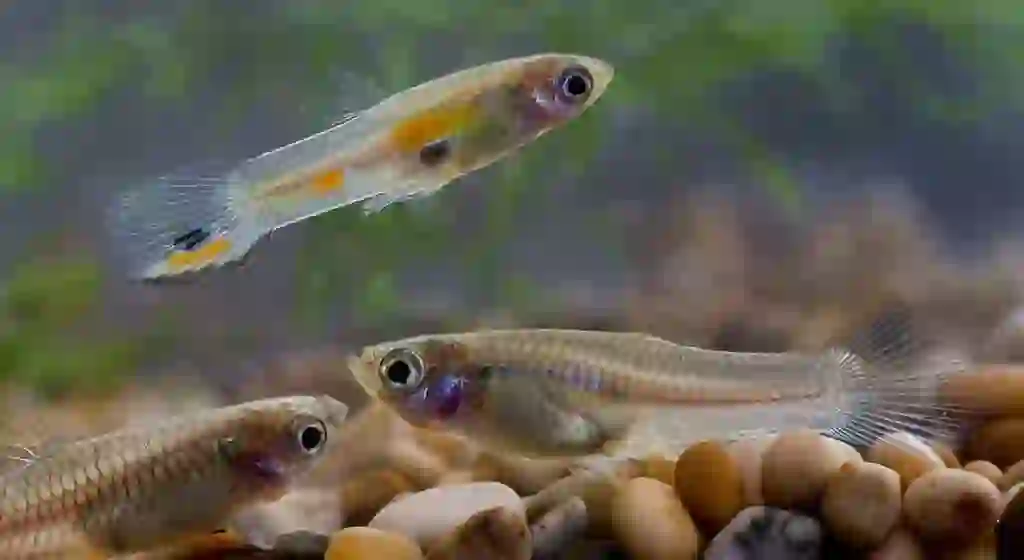
Actinopterygii-Cyprinodontiformes-Poeciliidae-Guppy genus.
Length male:3-4cm female:5-6cm.
※This article is mainly based on the treatment of guppies in Japan.
Guppies are fish that boast an unwavering popularity as ornamental tropical fish due to their beautiful appearance. They are relatively easy to care for and are considered an introductory species in tropical fish keeping due to their hardiness.
In Japan, they are considered an invasive species, and their origin is Venezuela, Colombia, Trinidad and Tobago, among others. They inhabit calm streams, warm rivers, and waterways. They also have a high resistance to water pollution and salt content and can be found in brackish waters where freshwater and seawater mix.
However, individuals sold as foreign products in Japan are mainly bred in Southeast Asia, rather than being collected from their place of origin. In Japan, they are considered an invasive species and have become naturalized in irrigation canals in Okinawa and hot spring towns.
Male guppies are more colorful and have more elaborate shapes than females. Their dorsal and caudal fins are large and spread out, with the latter resembling an irregularly shaped flag. The sides of their bodies and tails have spots, some of which are glossy. The patterns of these spots vary greatly between individuals, with some even differing from those of their siblings.
Guppies come in various colors such as blue, gold, and albino, and some individuals have solid or multiple colors. It’s enjoyable to see how the fry will turn out when they breed.
The tail fin is a major characteristic of guppies and comes in various colors and shapes. The delta tail, which spreads out in a triangle shape, is common. However, the round tail with an oval shape and the pin tail with an elongated center of the tail fin are popular. There are also types where either the upper or lower part of the tail fin is elongated.
The color of the tail fin varies, as well as the body color, solid and multi-colored can be found.
The charm of guppies is undoubtedly their vivid appearance. Not only can you enjoy looking at their beautiful color combinations and tail shapes, but you can also have fun observing how their offspring change as they breed.
On the other hand, it is very difficult to pass on the desired color or shape. You must consider not only the genetic traits of the parents but also those of several generations.
However, that difficulty is also one of the attractions, and tropical fish breeding is so profound that it is said to begin and end with guppies. If the guppy you were hoping for is born, all the hard work will be rewarded.
Guppies are often not good swimmers due to their large tails. Therefore, it is preferable to have a large aquarium, and if you are keeping multiple guppies, a tank of about 60 cm is recommended.
However, even if the aquarium is large, it is meaningless if there is no space for swimming.
Strong water flow can be stressful, so be careful not to create a strong current by draining water from the filter. Additionally, when planting aquatic plants, you must be careful not only to secure the swimming space for guppies but also to consider the hardness of the leaves. If the leaves are hard, they may rub against the body during swimming and cause injury.
Guppies are fish with very high breeding power. They reproduce quickly, and before you know it, the aquarium can become overcrowded.
However, guppies are designated as invasive species, so they should not be released into the wild without caution. Regardless of the creature, if you keep it, you must take responsibility until the end.
Guppy Q&A

The charm of breeding guppies.
The charm of guppies is undoubtedly their vivid appearance. Not only can you enjoy looking at their beautiful color combinations and tail shapes, but you can also have fun observing how their offspring change as they breed.
On the other hand, it is very difficult to pass on the desired color or shape. You must consider not only the genetic traits of the parents but also those of several generations.
However, that difficulty is also one of the attractions, and tropical fish breeding is so profound that it is said to begin and end with guppies. If the guppy you were hoping for is born, all the hard work will be rewarded.

Suitable environment for breeding guppies.
Guppies are often not good swimmers due to their large tails. Therefore, it is preferable to have a large aquarium, and if you are keeping multiple guppies, a tank of about 60 cm is recommended.
However, even if the aquarium is large, it is meaningless if there is no space for swimming.
Strong water flow can be stressful, so be careful not to create a strong current by draining water from the filter. Additionally, when planting aquatic plants, you must be careful not only to secure the swimming space for guppies but also to consider the hardness of the leaves. If the leaves are hard, they may rub against the body during swimming and cause injury.
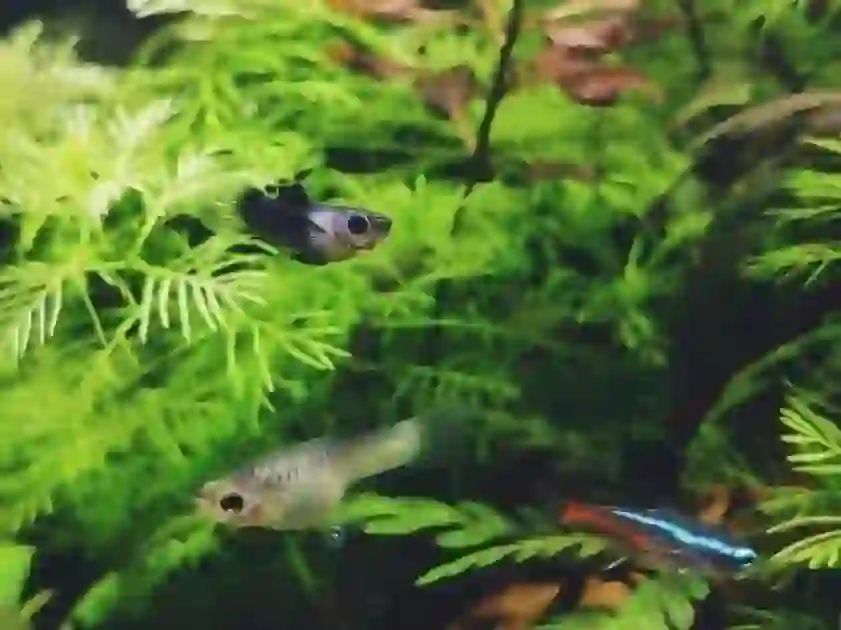
What to look out for when breeding guppies.
Guppies are fish with very high breeding power. They reproduce quickly, and before you know it, the aquarium can become overcrowded.
However, guppies are designated as invasive species, so they should not be released into the wild without caution. Regardless of the creature, if you keep it, you must take responsibility until the end.
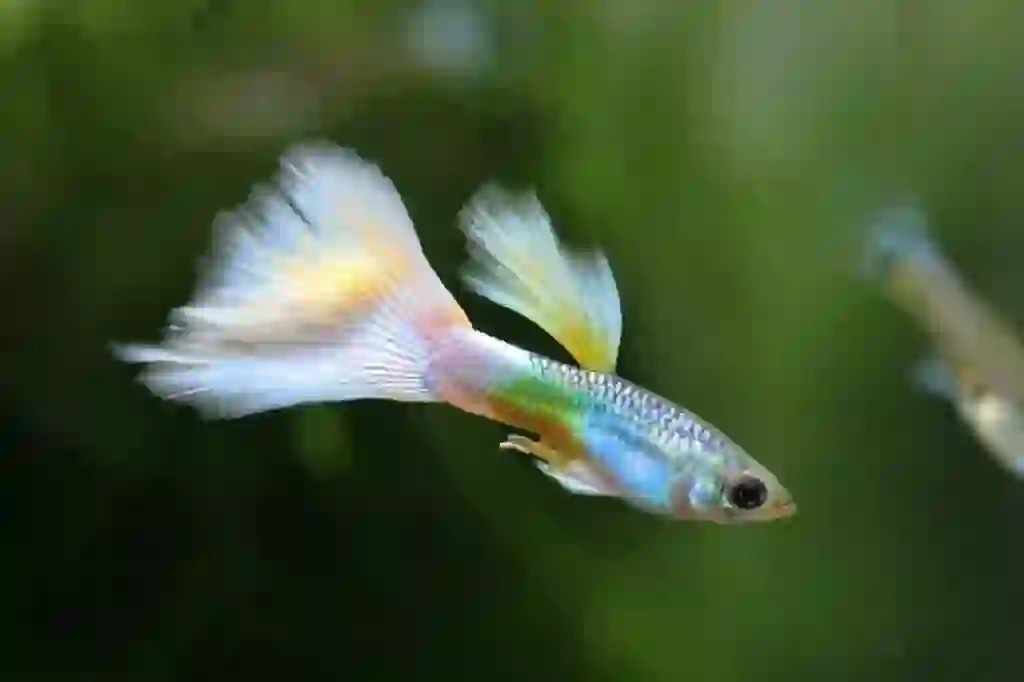
Where does the guppy get its name?
Actually, three people are associated with the name guppy. The first discoverer was Mr. De Filippo from Spain, who named this fish “lebistes poeciloïdes”.
The second discoverer was Mr. Robert John Lechmere Guppy from the United Kingdom. As some of you may have noticed, the name “guppy” is said to have been named after Mr. Robert John Lechmere Guppy.
The third discoverer was a German ichthyologist named Heckel Peters, who later named the guppy’s scientific name "poecilia reticulata."
By the way, it is unknown why the name given by Mr. De Filippo, who should have been the first discoverer, was not adopted.
However, it is believed that Mr. Robert John Lechmere Guppy, the second discoverer, was certainly the first to introduce this fish to England, and as a result, the name “guppy” became established.
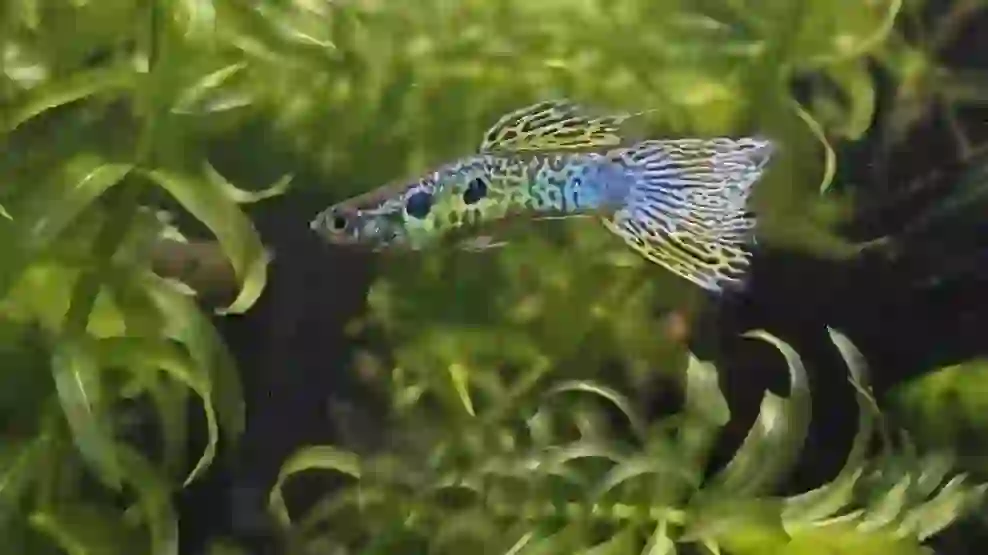
Why do guppies live there?
Guppies inhabit warm rivers and waterways because they are not good at low-temperature water. They are originally from warm regions and are not found in cold regions of Japan.
Although they are invasive species, they have become naturalized in some parts of Okinawa and hot spring towns and can be seen in waterways. In addition, they have a high resistance to water pollution and salt, so it is not a problem even if the environment is somewhat poor. Despite their beautiful appearance, they have a strong and robust body.
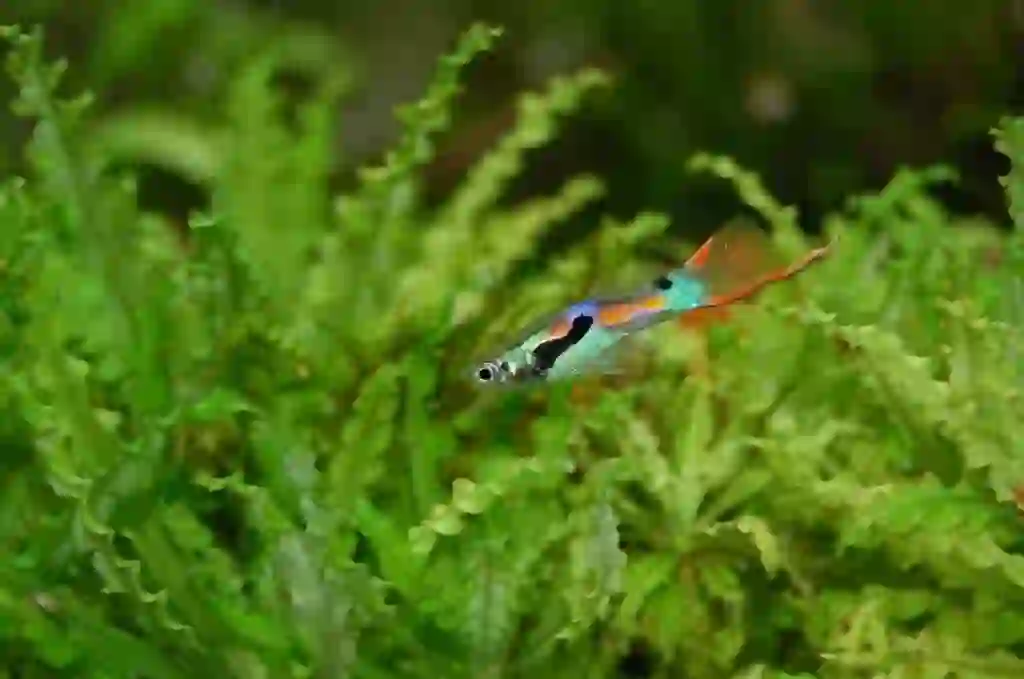
What do guppies eat?
Guppies are omnivorous, so they eat almost anything. In the wild, they prey on algae, small animals, and organic matter from household wastewater.
In a breeding environment, they prefer live food such as brine shrimp and daphnia, with artificial feed as the main diet. It is a little scary that parents sometimes eat newborn fry. It’s quite shocking, isn’t it?

Is it true that guppies do not have a breeding season?
Modern guppies have been selectively bred, and the period known as the breeding season has been lost. In other words, they can breed all year round, and if you keep a male and a female, they will breed just by doing that. This is also the origin of the high breeding power of guppies.
As a sign of breeding, the female’s belly swells significantly. This is a characteristic of guppies called ovoviviparous fish, which grow eggs in their bellies and give birth after hatching. It is also said that males swimming after females is a sign of breeding.
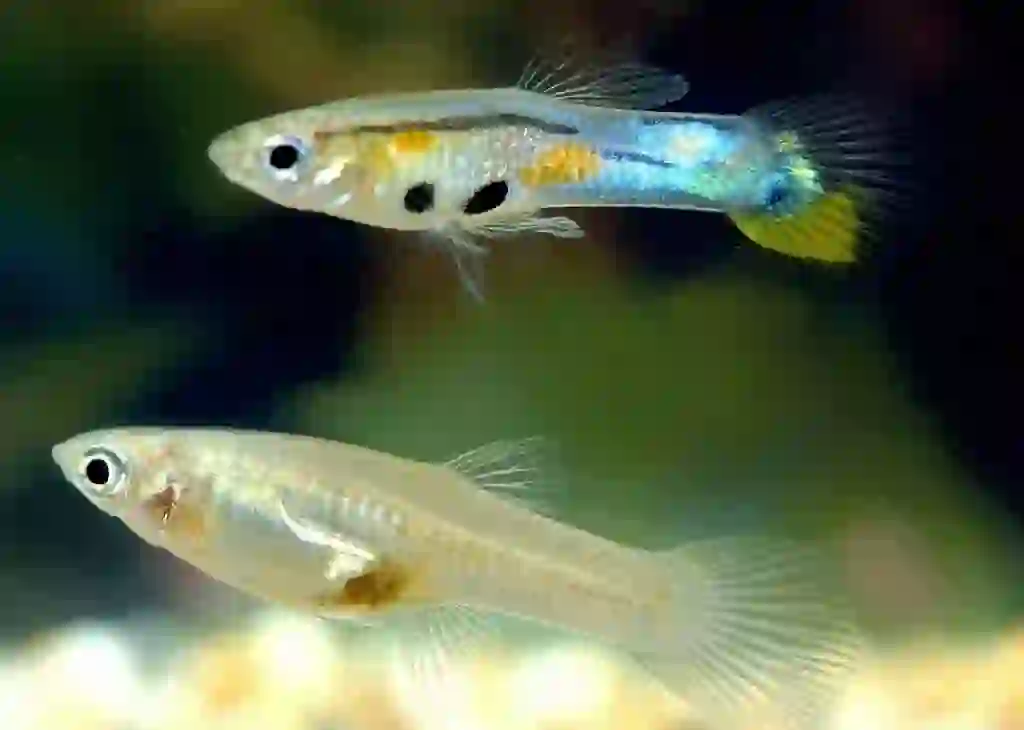
Are there any creatures that resemble guppies?
Japanese killifish, a small fish familiar to Japan, seems to be a species somewhat similar to guppies. They have similar body shapes and some common optimal temperatures, so they can coexist in an aquarium.
However, there are differences, of course.
The first is the difference in body shape depending on gender. Guppies have different body shapes and appearances between males and females, but there is almost no difference between male and female medaka.
The second is the difference in the method of spawning. Guppies raise and hatch eggs in the belly of females, "giving birth" to fry. On the other hand, medaka fish "lay eggs" by laying eggs in algae.
Both are common in that they have undergone various breeding improvements and can be said to be ornamental fish that are easy to become attached to.
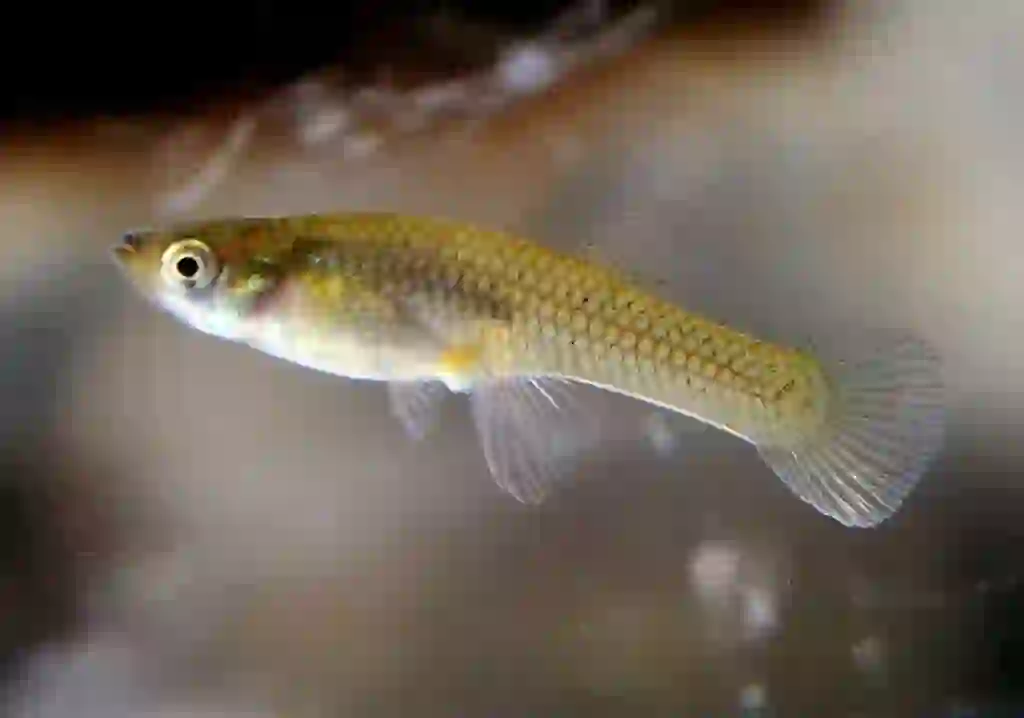
Is it true that guppy breeding is a problem?
Guppies can survive in somewhat poor environments and have high breeding power, so there are many examples of them destroying ecosystems. In the United States and Australia, guppies are driving out native fish species and threatening ecosystems.
And Japan is no exception. The japanese killifish featured in the nursery rhyme of the Japan called "Medaka no Gakkou" was a popular fish seen in Japan, but it is rarely seen in modern times.
※Japanese killifish is called "medaka" in Japanese.
One of the reasons for this is that an alien species called "mosquitofish" threatened the habitat of killifish. And in modern times guppies are replacing mosquitofish.
It has been designated as an invasive alien species by the Ministry of the Environment and has been warned not to release it into the natural world.

Would you like to become a part of the 'Animalbook.jp'?
Turn your knowledge into Q&A and share it with the world. ※Publication will be activated after purchase. Let's share information together!
Guppy Type of List
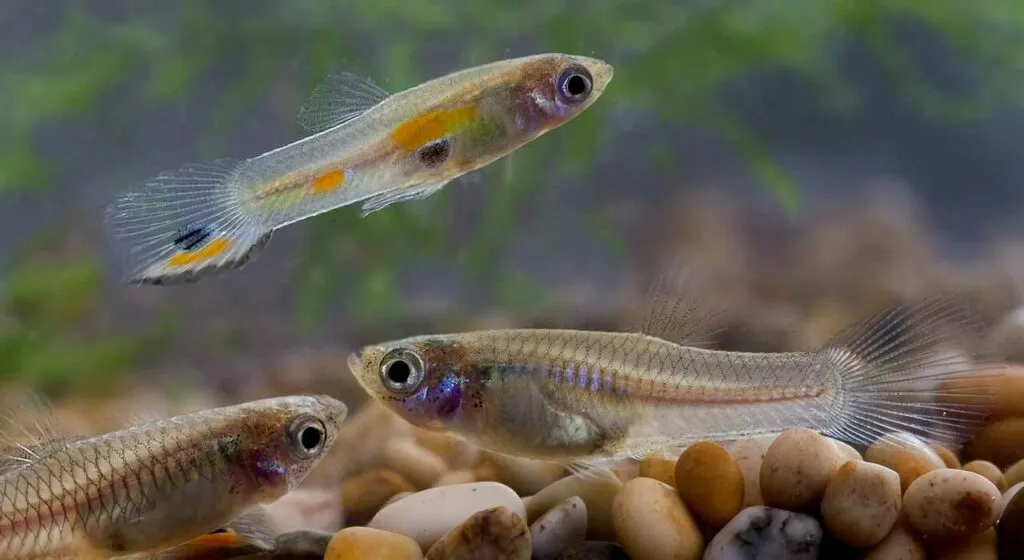
- Cobra Guppy
- Half-Black Guppy
- Halfmoon Guppy
- Mosaic Guppy
- Tuxedo Guppy etc.
Information
Congratulations! You are the first commenter!

Create Your Favorite List!
Guppy
Save the animals you love! Build your own list to quickly revisit your favorites later.

Would you like to leave a comment?
※Please note: This is for the purchase of rights to post comments within the article.
Find Your Favorites!
Our shop offers a unique and attractive selection of goods themed around various animals.
Guppy References

- Wikipedia https://ja.wikipedia.org/wiki/グッピー
- TOKYO AQUQ GARDERN https://t-aquagarden.com/column/guppy_breeding
- スペクトラム ブランズ ジャパン 株式会社 https://spectrumbrands.jp/article/aqua/guppy01/
- 株式会社キョーリン https://www.kyorin-net.co.jp/tropical/tr_about_02.html
- 国立研究開発法人 国立環境研究所 侵入生物データベース https://www.nies.go.jp/biodiversity/invasive/DB/detail/50240.html
- コトバンク https://kotobank.jp/word/グッピー-55600
- アクアぴあ #水槽のある暮らし https://aquarium.piapia.work/the-guppy-breeders-are-beautiful-stout-tally-friendly-tropical-fishes/
- アクアリウム情報サイト トロピカ https://tropica.jp/2017/09/24/post-6388/
- Dear Geneticist http://dear-geneticist.jp/origin.html
Guppy Introduction of media used

出典:https://commons.wikimedia.org/wiki/File:Guppy_pho_0048.jpg

出典:https://pixabay.com/images/id-6800969/

出典:https://unsplash.com/photos/8WGrsa2BPt0

出典:https://pixabay.com/images/id-4440191/

出典:https://pixabay.com/images/id-2238439/
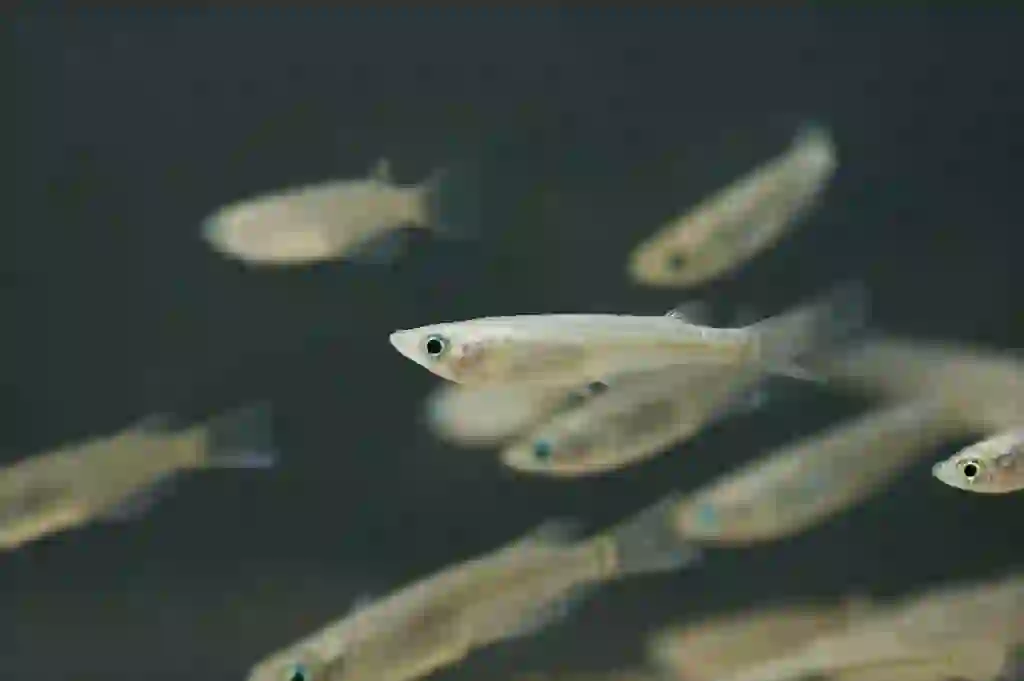
similar
出典:https://commons.wikimedia.org/wiki/File:Oryzias_latipes(Hamamatsu,Shizuoka,Japan,2007)-2.jpg

出典:https://commons.wikimedia.org/wiki/File:Gambusia_affinis.jpg

Help Enrich Our Animalbook.jp with Your Media!
We are constantly looking to expand and enrich our Animalbook.jp with amazing photos and videos of animals. If you have any media that you'd like to share, please contribute and help us showcase the beauty and diversity of the animal kingdom. Your submissions will be credited and featured in our encyclopedia, reaching a wide audience of animal lovers.


















